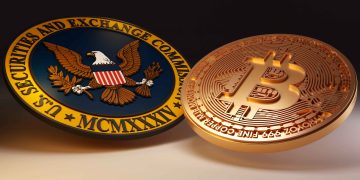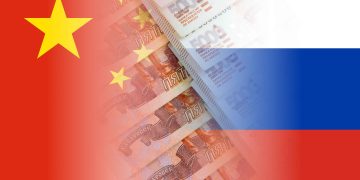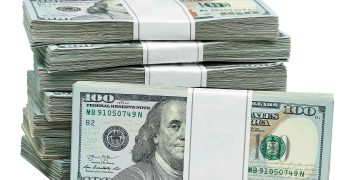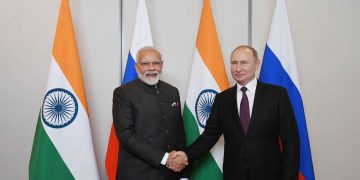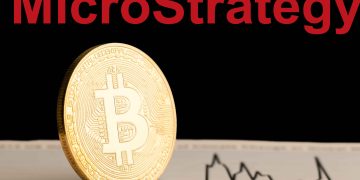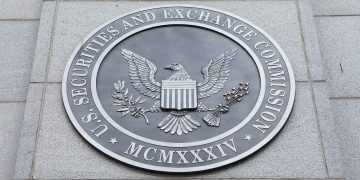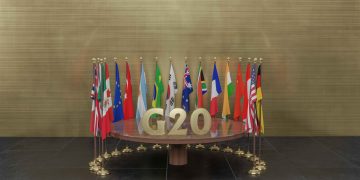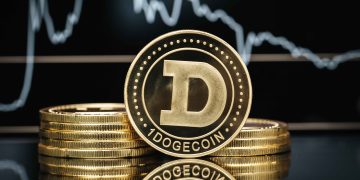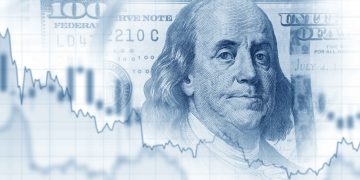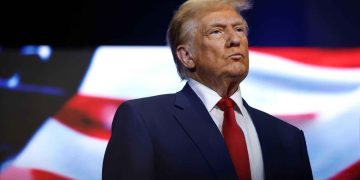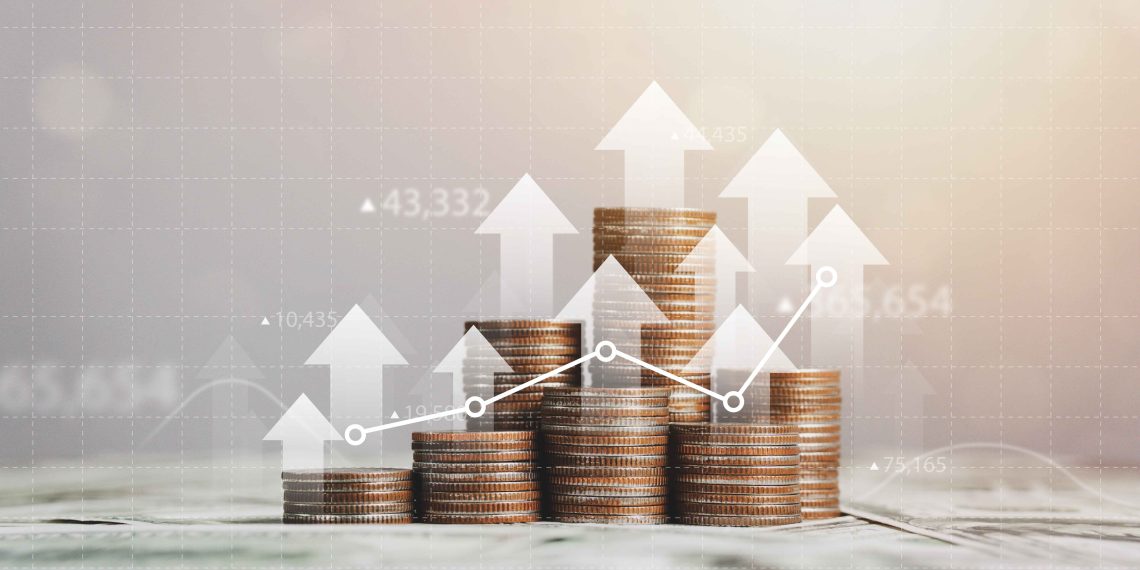Brazilian economists have revised their inflation and borrowing cost forecasts, anticipating a more aggressive stance from the central bank. As inflation pressures persist, analysts now project the benchmark Selic rate will rise to 12% at this week’s policy meeting, up from a previous forecast of 11.75%. This adjustment signals growing concerns over inflation and the overheating economy, which exceeded expectations in the third quarter.
Revised Inflation and Borrowing Cost Projections
The revised projections reflect an anticipated tightening of monetary policy, with the Selic expected to reach 13.5% by the end of 2025, a significant increase from the prior estimate of 12.63%. However, analysts predict that rate cuts will not begin until 2026, when the Selic is expected to fall to 11% before declining further to 10% in 2027.
Most analysts now forecast inflation to end this year at 4.84%, with projections of 4.59% in 2025—both above the central bank’s target range. Longer-term inflation expectations have also worsened, with forecasts suggesting consumer prices could rise by 4% in 2026 and 3.58% in 2027.
Economic Challenges and Policy Decisions
Brazil’s central bank, led by Roberto Campos Neto, is expected to continue its policy tightening efforts. The primary goal remains reducing inflation to the 3% target, even as consumer prices have increased by 4.77% year-over-year in early November. While policymakers face significant challenges in controlling inflation, traders are betting on the possibility of a larger rate hike this week.
President Luiz Inacio Lula da Silva’s focus on increasing public spending to improve living standards is clashing with investor concerns. Lula’s proposed plan to save 70 billion reais ($11.5 billion) by 2026, coupled with expanding income tax exemptions, has raised skepticism in the financial markets, further exacerbating inflationary pressures.
Outlook for the Brazilian Economy
As inflation expectations climb, Brazil’s domestic assets have taken a hit, with the real dropping more than 20% this year—marking the largest decline in emerging markets. This weaker exchange rate is adding to consumer price pressures, making imports more expensive. The economic outlook will remain a critical issue for the incoming governor of the central bank, Gabriel Galipolo, appointed by President Lula.

